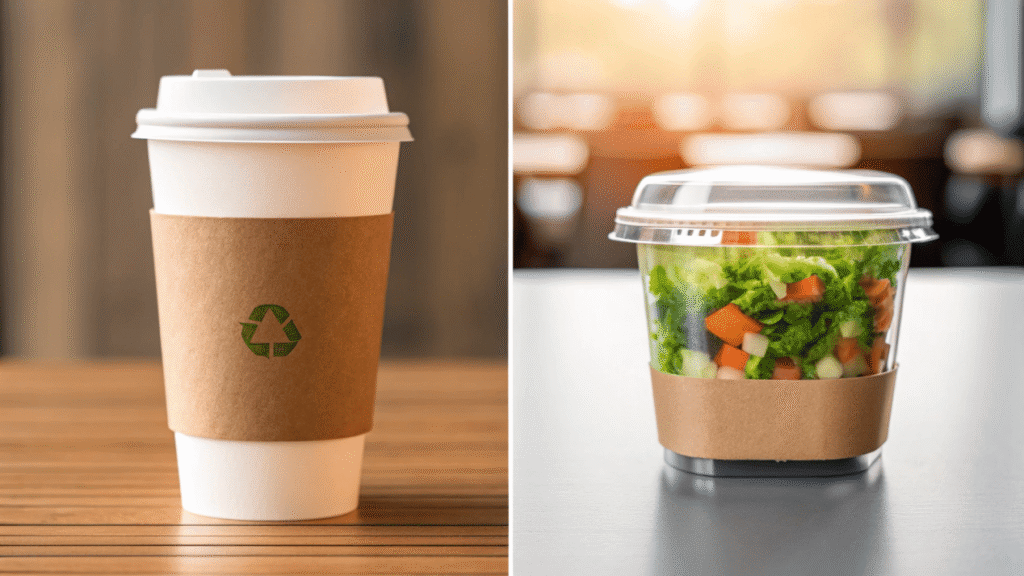Your customers are asking for sustainable options, but traditional plastic packaging is hurting your brand's image. You feel stuck between cost, performance, and doing the right thing for the planet.
Yes, wholesale PLA-coated packaging1 is a smart choice for brands wanting to offer a high-performance, eco-friendly option2. It is perfect for cold and warm food applications, adds significant brand value, and prepares your business for a future without single-use plastics.
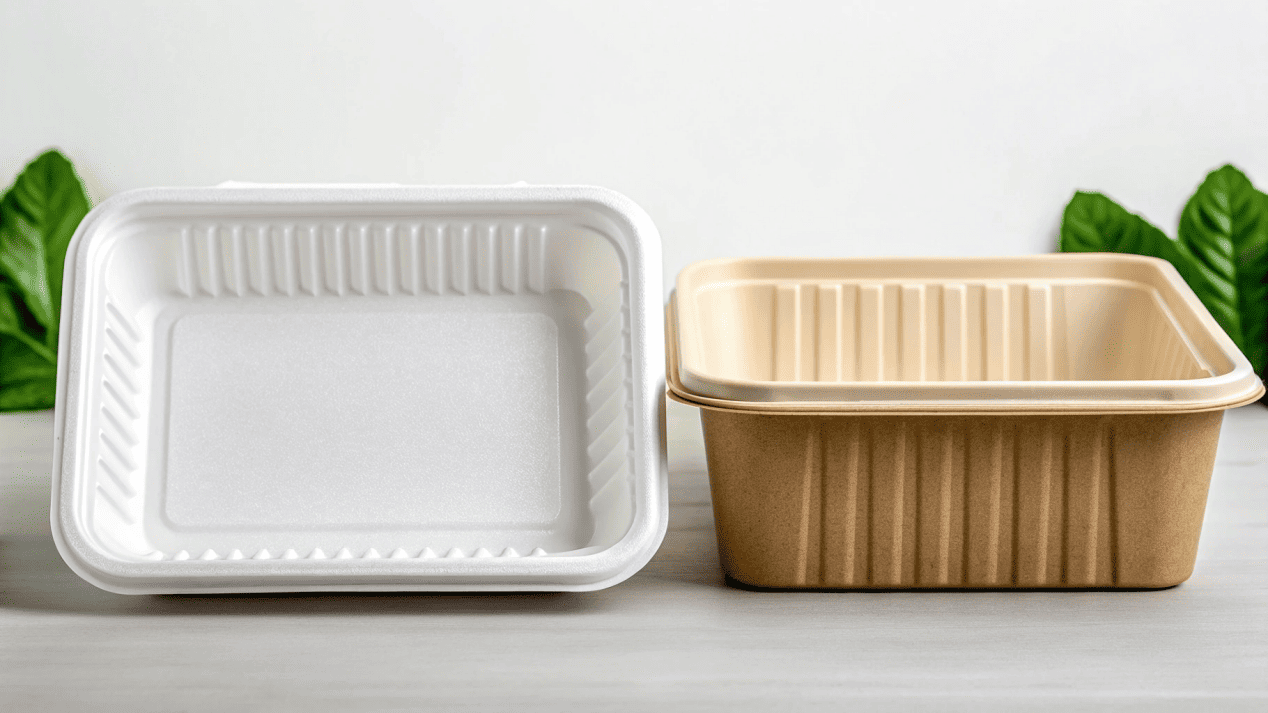
I remember a few years ago, a coffee shop owner came to me. He wanted to be more "green," but he was worried. He said, "Jonh, these PLA cups look great, but they cost more than my PE cups. Will my customers even notice?" I told him to try an experiment: offer both for one month and see what happens. He called me back a few weeks later, surprised. Not only did customers notice, but they were taking pictures of the new compostable cups3 and posting them online. His sales for iced lattes went up. That taught me that PLA isn't just a material. It's a marketing tool. It tells a story that customers want to be a part of.
Where Can You Use PLA-Coated Packaging?
You want to switch to sustainable packaging4, but you’re not sure if PLA can handle your products. You worry it might fail with greasy food or warm drinks, leaving you with soggy containers.
PLA-coated paper creates a waterproof and grease-resistant barrier5. This makes it ideal for a wide range of applications, including cups for cold and warm drinks, boxes for salads and deli items, and bags for pastries.
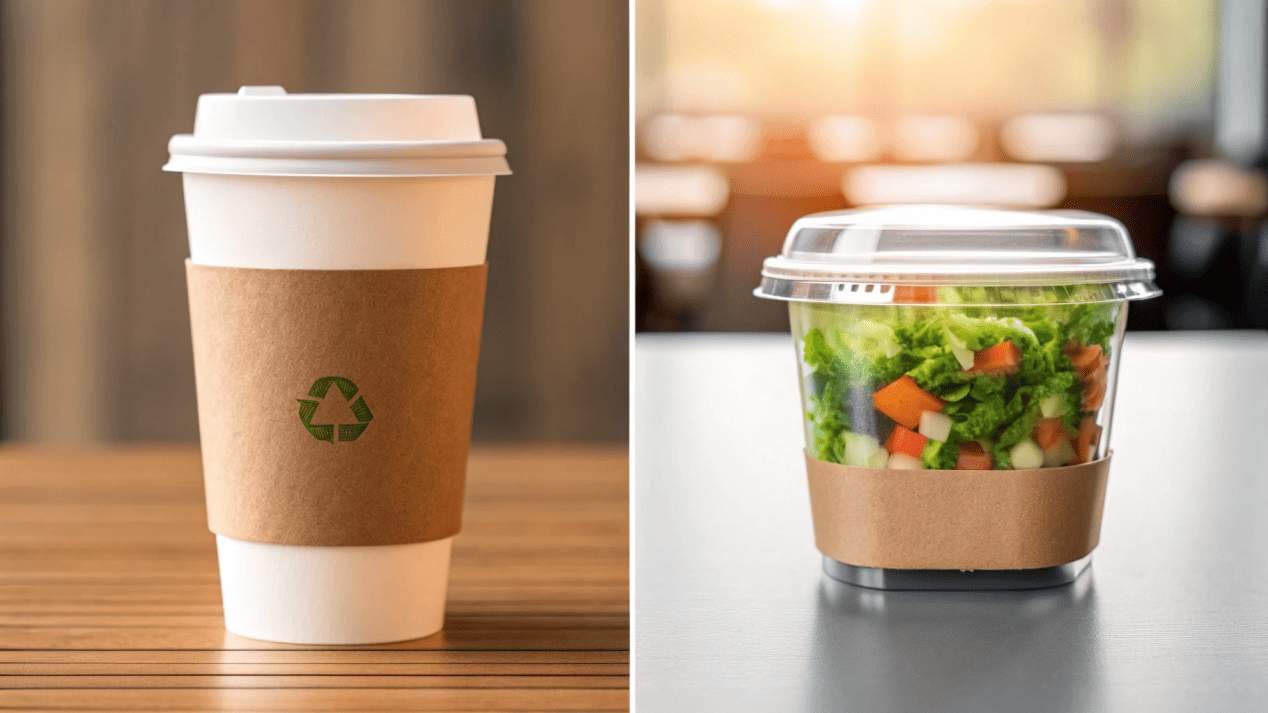
The most common question I get is "Will it work for my food?" People think an eco-friendly material must be weaker than plastic. In the early days, maybe that was true. But today's PLA-coated paper is a high-performance material6. The magic is in the PLA lining. It acts as a shield. It stops liquid from making the paper soft and prevents oil from staining the outside of the container. We have tested it with hundreds of different food types. As a manufacturer, I can tell you exactly where it shines and where you might need a different solution. It’s all about matching the right tool to the right job.
The Best Uses for PLA
PLA is very versatile, but it is especially good for cold and warm items. It is not recommended for boiling-hot liquids or for microwaving, as high heat can cause the PLA lining to warp.
-
PLA-Coated Paper Cups: This is where PLA is a true star. The PLA lining provides a perfect waterproof barrier. This makes the cups sturdy and reliable for both cold and warm drinks.
- Cold Drinks: Iced coffee, smoothies, sodas, and juices. The PLA lining keeps the paper strong, even with condensation on a hot day.
- Warm Drinks: Standard hot coffee and tea. The cup feels premium and holds up well, without the guilt of traditional plastic.
-
PLA-Coated Boxes and Trays: For takeaway food, the biggest enemy is moisture. PLA coating solves this problem.
- Salad Boxes & Grain Bowls: Dressings and sauces stay inside the box, not soaked into the paper. The box keeps its shape.
- Deli & Cafe Food: Great for pasta, noodles, and other prepared meals. It keeps the food fresh and the packaging clean.
-
PLA-Lined Bags and Wraps: Even a thin layer of PLA can make a big difference for flexible packaging.
- Bakery Bags: Perfect for croissants and pastries, preventing butter or grease from staining the bag.
- Sandwich Wraps: Keeps sauces and oils from leaking through, so customers' hands stay clean.
How Do You Know You Are Getting High-Quality PLA Packaging?
You see many suppliers claiming their products are "eco-friendly." You feel uncertain if the products are truly food-safe7 or compostable, and a wrong choice could get you into trouble.
Look for a manufacturer with verified, internationally recognized certifications. High-quality means it’s not only certified compostable8 (like BPI or EN 13432) but also certified food-grade (FDA, EU) and made in a quality-controlled facility (ISO 9001).
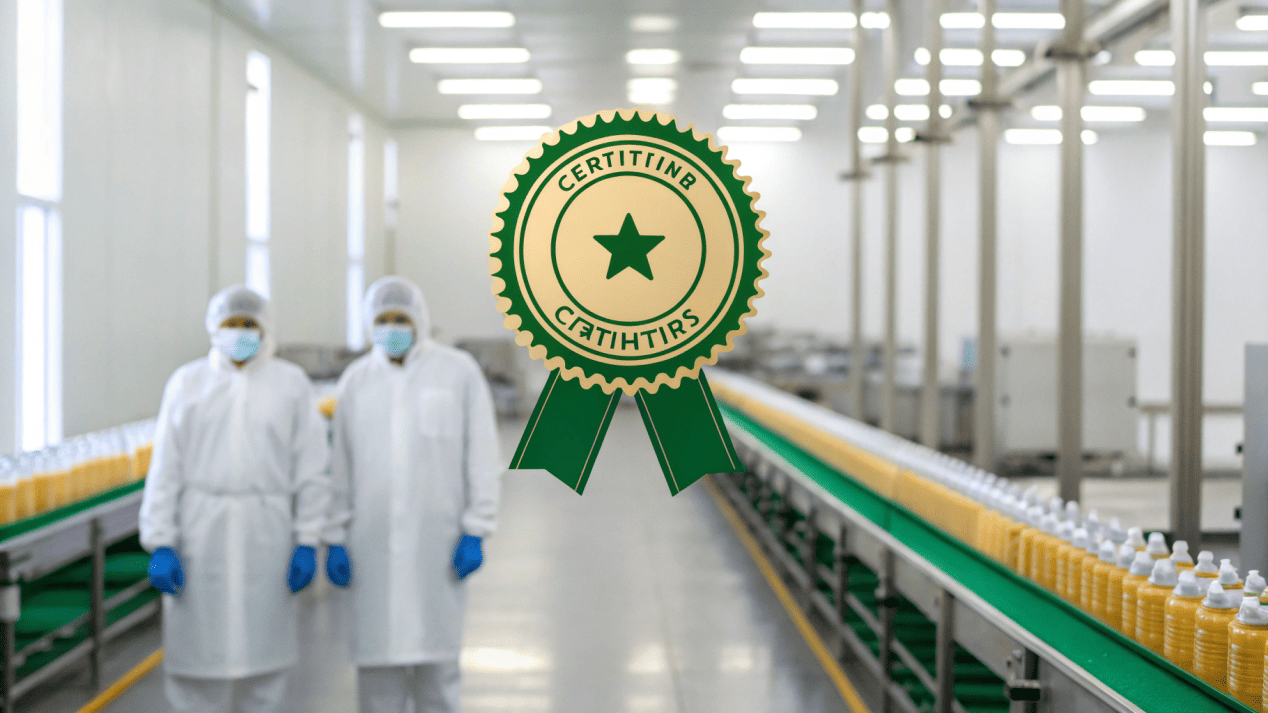
This is extremely important. Not all "green" products are created equal. I've seen some factories use low-grade materials and then just say it's "biodegradable" without any proof. This is dangerous for your customers and for your brand. A good manufacturer is proud of their quality and will be transparent about their process and certifications. As an engineer, I believe in process and proof. We invested heavily to get our factory and products certified by global organizations. It was expensive and took a long time, but it means that when I sell a product to a client, I know it is safe, it performs well, and its environmental claims9 are real. Don't just trust a website's claims; always ask for the documents.
Your Quality Checklist
Here’s what to look for, broken down into simple terms. First, the process is simple: We take paperboard, and in a process called extrusion coating10, we apply a very thin, melted layer of PLA onto it. Then, this coated paper is used to make cups or boxes.
Second, you must check for these key certifications:
| Certification | What It Means in Simple Terms |
|---|---|
| Food-Grade (FDA or EU 10/2011) | This is the most important one. It proves the packaging is safe and no harmful chemicals will get into the food. |
| Compostability (BPI or EN 13432) | This proves the product will break down in an industrial compost facility, turning back into soil. It's the proof behind the "compostable" claim. |
| Manufacturing (ISO 9001) | This means the factory has a reliable quality management system, so every batch of products you get will be consistent. |
| Forest Stewardship (FSC) | This certification shows the paper comes from responsibly managed forests, adding another layer to your sustainability story. |
Where Can You Find a Reliable Source for Wholesale PLA Packaging?
You need to buy in bulk, but dealing with traders and middlemen is complicated. They add costs, you can't control the quality, and getting custom designs11 is nearly impossible.
The best approach is to partner directly with an experienced manufacturer. This cuts out the middleman, giving you better pricing, direct control over quality and customization, and a more stable supply chain12.
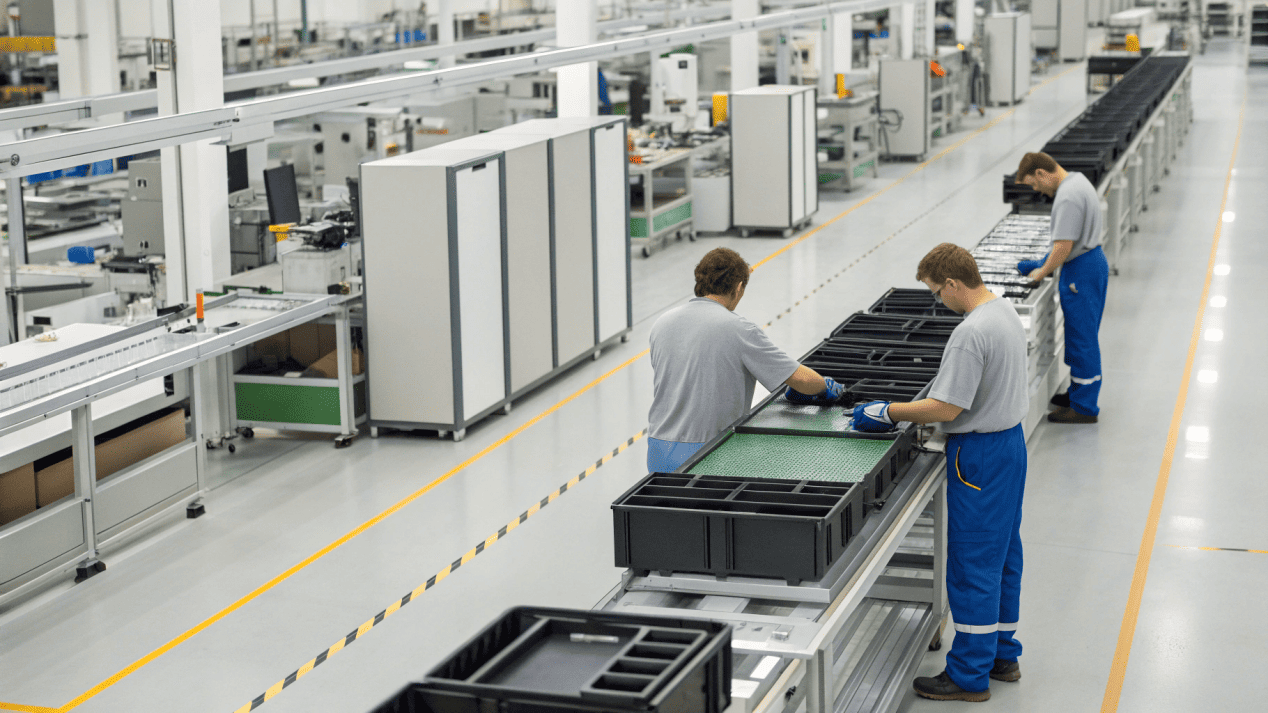
I helped found Haokelao Packaging because I saw so many businesses struggling with this. They would buy from a local trading company, who bought from a larger distributor, who bought from a factory like mine. At each step, the price went up and the communication got worse. If there was a problem, it was impossible to solve it quickly. When you work directly with a manufacturer, you are talking to the source. You can ask me, the engineer, a technical question about the material. You can talk to our design team about your logo. You get a partner, not just a supplier. We can handle large volumes because we control the entire process, from the raw paper to the finished cup.
How to Choose a Manufacturing Partner
When you look for a supplier, ask these questions:
- Are you a direct manufacturer13 or a trading company? Working with the factory directly is almost always better.
- Can you show me your certifications? A good manufacturer will send you the documents immediately. Don't accept excuses.
- What is your production capacity14? You need a partner who can grow with you. Make sure they can handle your future order volume, not just today's.
- Can you help me choose the right product? The best suppliers are also consultants. They should offer advice and help you find the perfect solution for your specific needs. They should have the expertise to guide you.
How Should You Think About the Cost of PLA Packaging?
You see that PLA-coated paper costs a bit more per unit than traditional plastic-coated paper. You're worried that this higher cost will hurt your profits and make you less competitive.
While the upfront unit cost may be slightly higher, the true value of PLA packaging comes from increased brand loyalty15, access to new markets, and more stable pricing. It is a long-term investment16 in your brand's future.
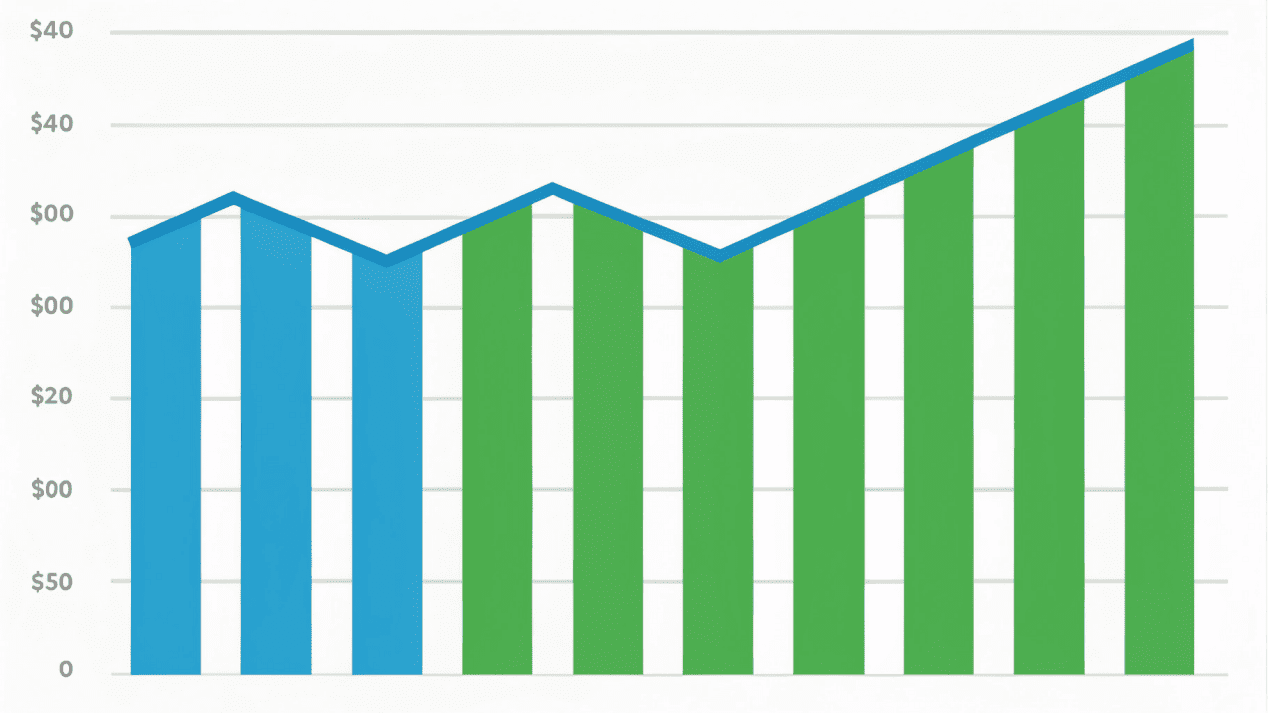
Let’s talk directly about the money. Yes, today, a PLA-coated cup might cost a few cents more than a PE-coated cup. But looking only at that number is a mistake. As I learned from my coffee shop client, the real return is not measured in cents per cup. It's measured in customer loyalty and brand image. The price of oil, which is used to make PE plastic, goes up and down wildly. The price of corn, used for PLA, is much more stable. Over a few years, that price stability17 can make a big difference. Also, more and more cities and countries are banning single-use plastics. Businesses that switch to PLA now are not just buying a cup; they are buying access to future markets. They are protecting themselves from these changes.
A True Cost-Benefit Analysis
Don't just look at the invoice price. Consider the total value.
- Increased Brand Value: Using sustainable packaging4 is a powerful marketing story. Customers who care about the environment will choose your brand and become loyal advocates. It lets you build a community around your values.
- Future-Proofing Your Business: Plastic bans are spreading globally. By switching to PLA now, you are ahead of the regulations. Your competitors will be scrambling to find a solution later, while your business continues without interruption.
- Market Differentiation: In a crowded market, PLA packaging makes you stand out. It is a visible signal to customers that you are a modern, responsible brand that cares about more than just making a sale. This can be a huge competitive advantage.
Conclusion
Switching to wholesale PLA packaging is a smart business move. It aligns your brand with modern consumer values, ensures high performance for your food products, and secures your place in a sustainable future.
Explore how wholesale PLA-coated packaging can enhance your brand's sustainability and performance. ↩
Learn why PLA-coated packaging is considered a sustainable choice for modern businesses. ↩
Find out how compostable cups can boost customer engagement and sales. ↩
Discover the long-term advantages of adopting sustainable packaging solutions. ↩
Understand the technology behind PLA coatings that make them effective for food packaging. ↩
Discover the performance benefits of using PLA-coated paper for various food applications. ↩
Learn about the key certifications that guarantee food safety in packaging. ↩
Get insights into the importance of certifications for eco-friendly packaging. ↩
Discover how to assess the authenticity of environmental claims made by suppliers. ↩
Explore the extrusion coating process and its benefits for packaging quality. ↩
Learn about the options available for customizing your packaging solutions. ↩
Discover how a stable supply chain can enhance your business operations. ↩
Understand the benefits of partnering directly with manufacturers for quality control. ↩
Learn how to evaluate a supplier's ability to meet your future order needs. ↩
Find out how eco-friendly packaging can enhance customer loyalty and brand image. ↩
Explore the long-term benefits of investing in sustainable packaging solutions. ↩
Explore how price stability in raw materials can impact your packaging costs. ↩
